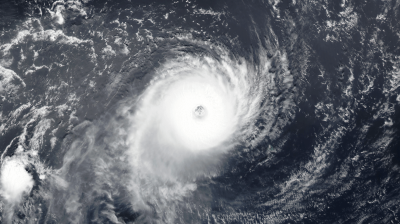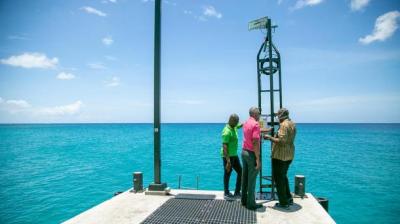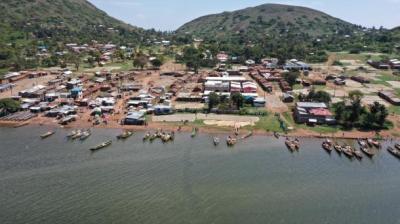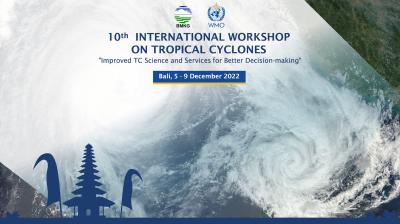Workshop calls for more investment in Flash Flood Guidance System
Flash floods cause more than 5,000 deaths worldwide annually, exceeding any other flood-related event. As the global population increases, especially in urban areas, and societies continue to encroach upon floodplains, the need for flash flood early warning systems becomes more paramount.
In response to this need, the World Meteorological Organization, the U.S. National Weather Service, the Office of U.S. Foreign Disaster Assistance, and the Hydrologic Research Center formed a partnership in 2007 to develop and implement an early warning flash flood forecasting system (Flash Flood Guidance System – FFGS) for global application.
By 2019, over 3 billion people in 67 countries are being provided early warnings of potential flash flooding through their National Meteorological and Hydrological Services working in concert with their National Disaster Management Agencies.
At an international workshop in Antalya, Turkey held in early November 2019, 170 experts representing 60 countries and 7 organizations noted that the application of the Flash Flood Guidance System over the past decade has led to a significant reduction in the loss of life and property in those countries where it is being used.
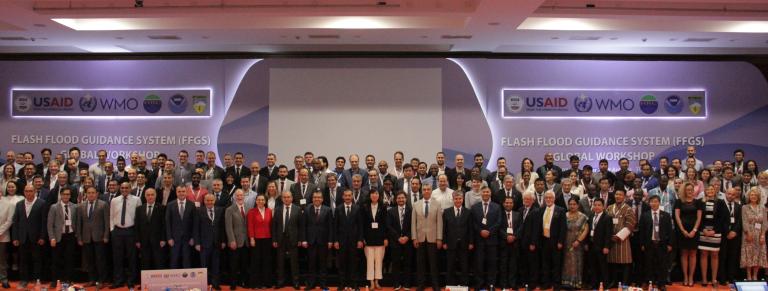
As an illustration, El Salvador, as part of the Central America Flash Flood Guidance System, FFGS has reduced loss-of-life by over 300 lives per year since implementation of the project.
However, further investments are needed to strengthen the FFGS, take advantage of emerging science and technology and maximize the potential benefitis.
Participants recommended that a number of efforts were required to improve governance, better address technical issues (for example, adopting a more formal inclusive research-to-operations process or facilitating the provision of digital data from automated rain gauges to the Flash Flood Guidance System), improve training and capabilities, increase visibility, and mobilize additional resources to help ensure the sustainability of the System.
They also issued a call to national governments encouraging them to recognize that the Flash Flood Guidance System is an efficacious means of reducing the loss of lives and property in their countries, referred to as The Antalya Statement:
For the well-being of their citizens and their prosperity, national governments should recognize that the Flash Flood Guidance System has achieved a state of maturity that merits their expenditure of resources to implement and maintain its operational readiness. A concerted global effort is needed to ensure that the advances made to date are strengthened for the benefit of current and future generations.
While there are several types of floods, a flash flood is the most dangerous. They have enough power to change the course of rivers, bury houses in mud, and sweep away or destroy whatever is on their path. They are among the world’s deadliest disasters and result in significant social, economic and environmental impacts. Accounting for approximately 85% of the flooding cases, flash floods also have the highest mortality rate.
The Flash Flood Guidance System (or shortly – FFGS) is a forecaster’s tool designed to provide hydrological and meteorological forecasters with readily and accessible quality controlled precipitation estimates from weather radars and satellites, precipitation measurements (raingauges), forecast data from Numerical Weather Prediction models, and other information to produce timely and accurate flash flood warnings worldwide.
The Global Flash Flood Guidance System Workshop in Antalya was convened under the auspices of the World Meteorological Organization, with financial support from the United States Agency for International Development Office of U.S. Foreign Disaster Assistance (USAID-OFDA), and the logistical assistance of the Turkish State Meteorological Service.
- WMO Member:
- Türkiye ,
- United States of America





